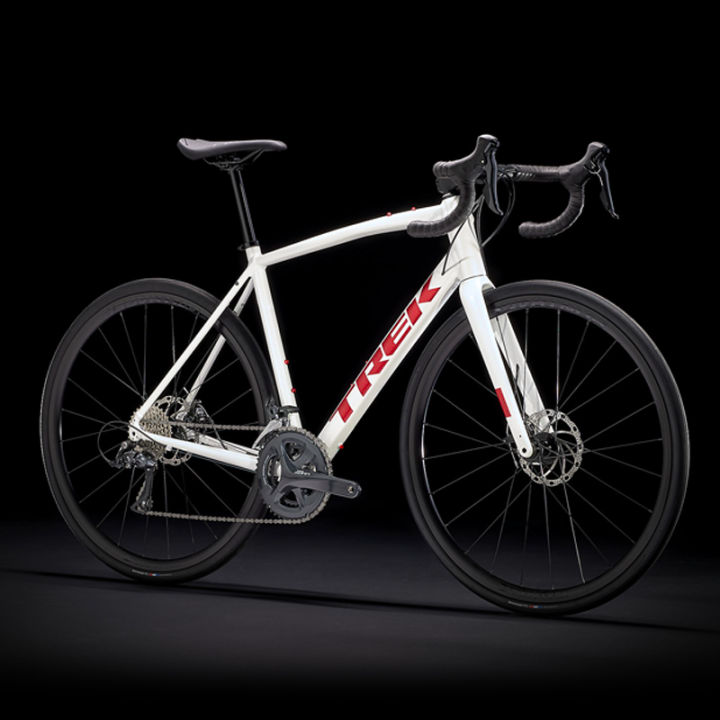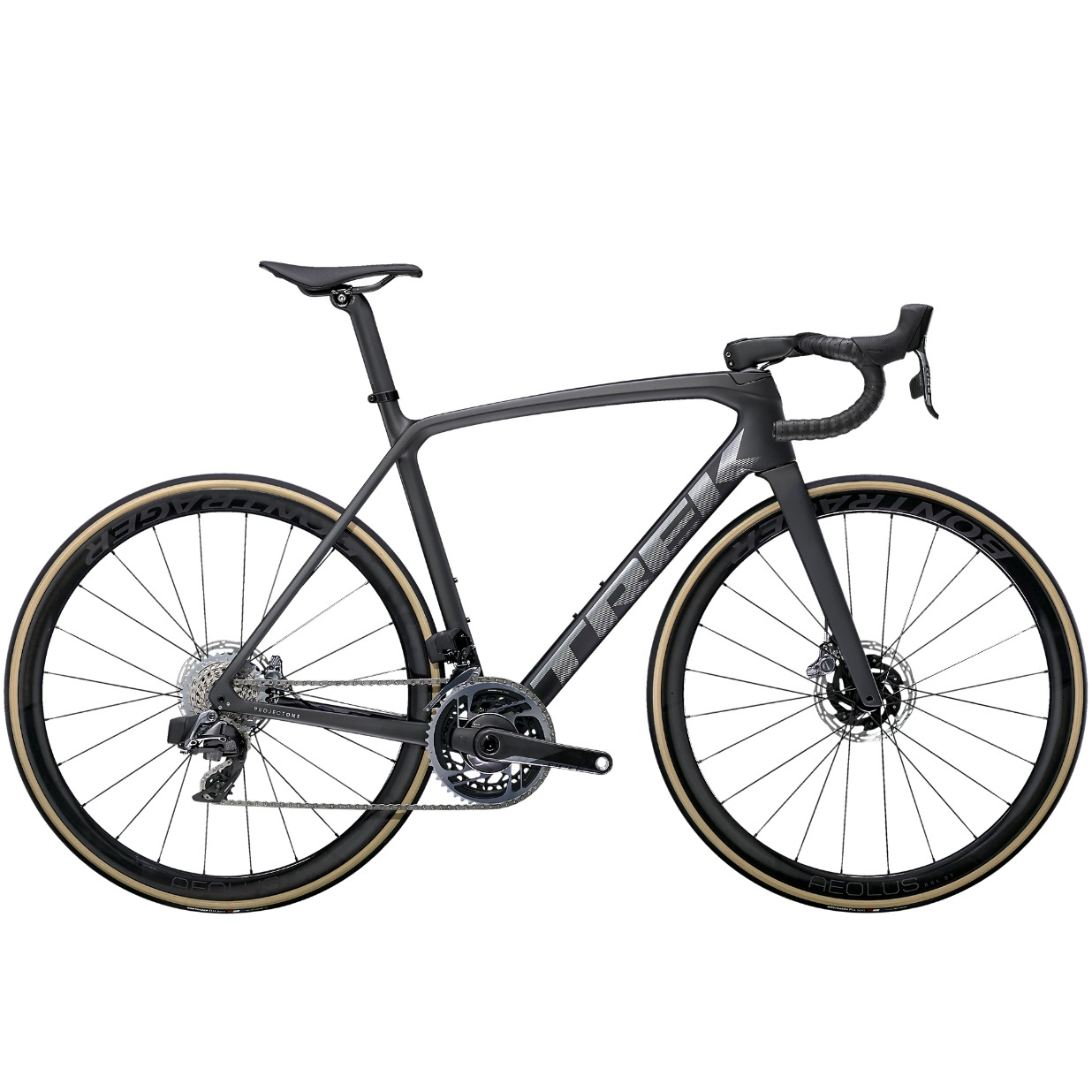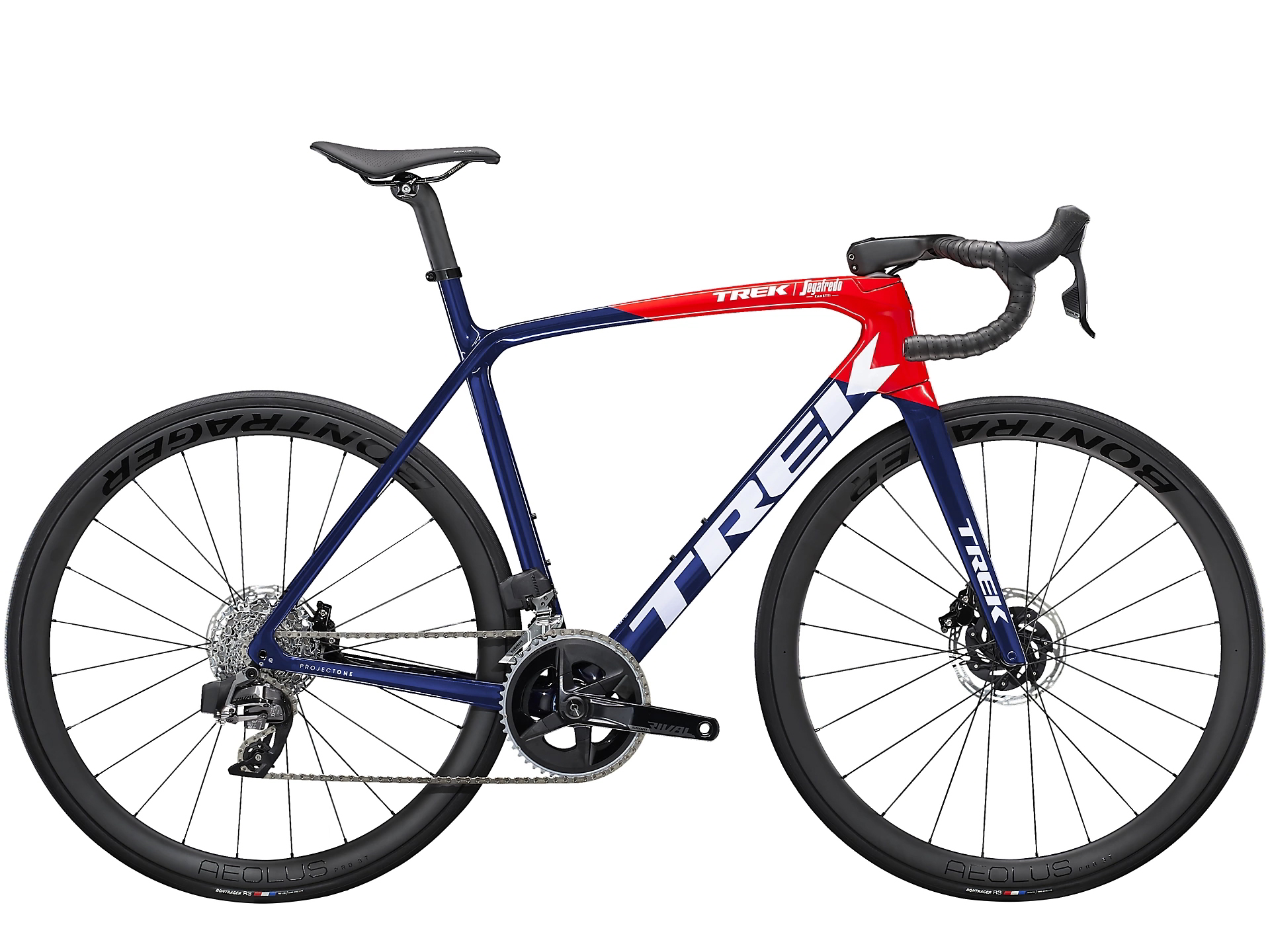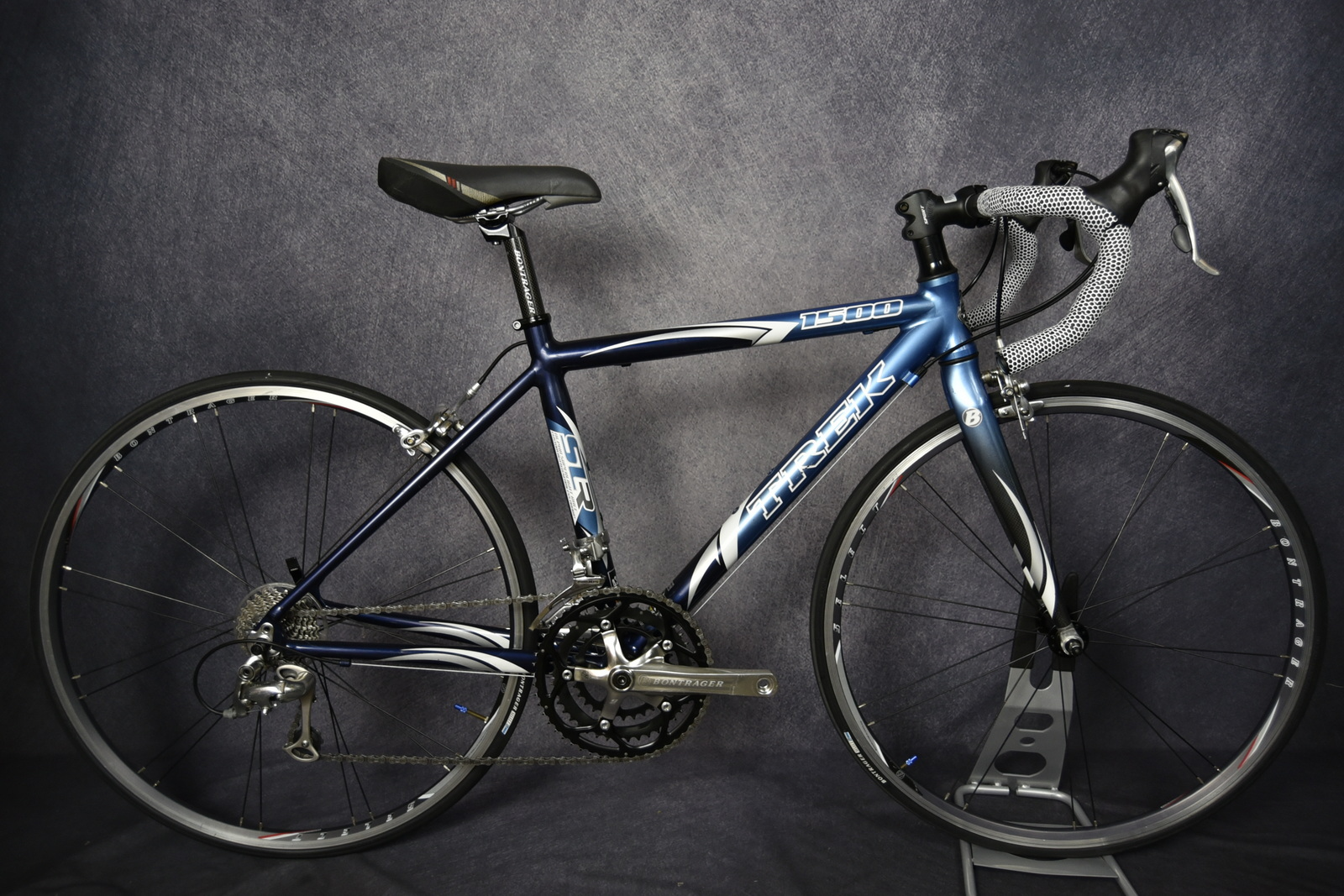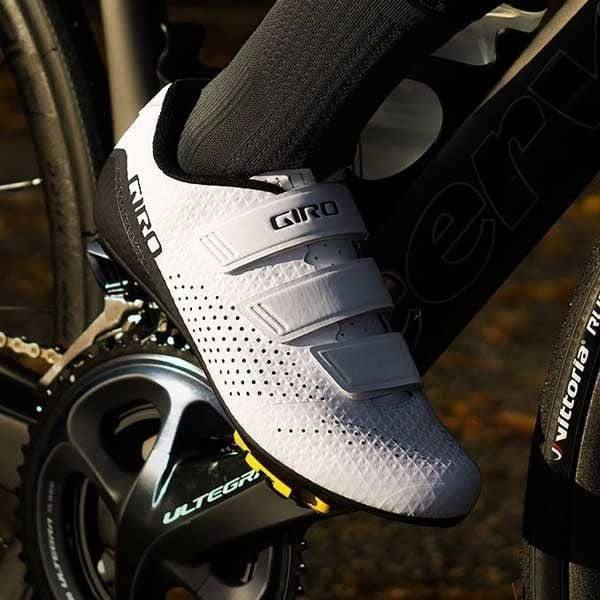Trek road bikes have long been synonymous with innovation, performance, and durability in the cycling world. From humble beginnings in a Wisconsin barn to becoming a global leader in high-performance bicycles, Trek has consistently pushed the boundaries of what a road bike can be. In this article, we will delve into the evolution of Trek road bikes, highlighting key milestones, technological advancements, and the brand’s unwavering commitment to rider satisfaction.
Early Days: Birth of a Cycling Icon (1976-1980s)
Trek Bicycle Corporation was founded in 1976 by Dick Burke and Bevill Hogg in Waterloo, Wisconsin. Their vision was to create American-made bicycles that combined cutting-edge technology with exceptional craftsmanship. The company’s first road bikes, such as the Trek ¾ and Trek ½, were introduced in the late 1970s, featuring lightweight steel frames, reliable components, and classic styling. These early models quickly gained a reputation for their quality construction and value, laying the foundation for Trek’s future success in the road cycling market.
Innovation Takes Center Stage (1990s-2000s)
The 1990s marked a turning point for Trek as the company embraced new materials and engineering techniques to revolutionize road bike design. In 1992, Trek introduced its first carbon fiber frame, the Trek 5500, which utilized OCLV (Optimum Compaction Low Void) carbon technology. This groundbreaking process resulted in lighter, stiffer, and more durable frames compared to traditional steel or aluminum offerings. The 5500 became an instant hit among professional cyclists and enthusiasts alike, with Lance Armstrong famously riding a Trek carbon bike to his first Tour de France victory in 1999.
Bontrager Integration and Component Development
During this period, Trek also strengthened its position in the market by acquiring Bontrager, a respected manufacturer of cycling components and accessories. This strategic move allowed Trek to offer a comprehensive lineup of in-house components, such as wheels, tires, saddles, and cockpit components, ensuring seamless integration and optimized performance across its road bike models. Bontrager’s ongoing research and development efforts have since played a crucial role in advancing Trek’s overall product innovation.
Embracing Rider Diversity and Customization (2010s-Present)
The last decade has seen Trek expand its road bike offerings to cater to the diverse needs and preferences of modern cyclists. Recognizing that riders have unique body types, riding styles, and goals, the brand introduced a range of bike geometries and size-specific designs, such as the Trek Émonda ALR and Madone SLR, ensuring optimal fit and comfort for every individual.
Women’s-Specific Geometry and Design
Acknowledging the distinct requirements of female cyclists, Trek launched its women’s-specific line, Trek WSD (Women’s Specific Design). These bikes feature tailored geometry, component selection, and touchpoints designed to provide a comfortable, efficient ride for women. This commitment to inclusivity has solidified Trek’s position as a leader in promoting gender equality in the cycling industry.
Project One: Customization Reimagined
Trek’s Project One program takes customization to new heights, allowing customers to personalize their dream road bike down to the smallest details. Riders can choose from a wide array of paint schemes, components, and finishes, ensuring their Trek road bike is not only a high-performance machine but also a true reflection of their individual style and personality.
Cutting-Edge Technology for Enhanced Performance
Trek continues to push the envelope in terms of technological advancements, incorporating state-of-the-art features into its road bikes to enhance performance, efficiency, and rider experience.
IsoSpeed Decoupler and Adjustable Compliance
One of Trek’s most innovative technologies is the IsoSpeed Decoupler, first introduced in the Madone series. This system isolates the seat tube from the top tube and seatstays, allowing the saddle to move independently, thereby absorbing road vibrations and improving rider comfort without compromising stiffness or pedaling efficiency. The latest iterations of this technology, such as the adjustable rear IsoSpeed found in the Domane series, offer even greater customization, enabling riders to fine-tune the compliance of their bike based on terrain and personal preference.
Electronic Drivetrains and Integration
Trek has embraced electronic drivetrains, such as Shimano Di2 and SRAM eTap, offering smooth, precise shifting and effortless control for riders. Furthermore, the brand’s dedication to clean, integrated aesthetics is evident in models like the Trek Emonda, where cables and hoses are routed internally for a sleek, aerodynamic profile. This attention to detail not only enhances the bike’s appearance but also contributes to improved aerodynamics and reduced maintenance.
Sustainability and Social Responsibility
Trek Bicycle Corporation, as a leading manufacturer of high-quality bicycles, has demonstrated a commitment to sustainability and social responsibility in various aspects of their operations, product design, and community engagement. Here’s a breakdown of how Trek approaches these critical issues:
-
Sustainable Manufacturing Practices
- Efficient Resource Use: Trek employs lean manufacturing processes to minimize waste and maximize resource efficiency in their production facilities. This includes recycling materials, reducing energy consumption, and optimizing supply chain management to minimize transportation-related emissions.
- Green Buildings: Trek has invested in environmentally friendly facilities, such as their global headquarters in Waterloo, Wisconsin, which is LEED (Leadership in Energy and Environmental Design) Gold certified. The building incorporates features like solar panels, rainwater harvesting, and energy-efficient lighting and HVAC systems.
- Materials Selection: Trek actively seeks sustainable alternatives for materials used in their bikes and components. For instance, they have introduced frames made from recycled carbon fiber, reducing waste and the need for virgin materials. They also use responsibly sourced aluminum and steel, and offer bike models with components made from eco-friendly materials like bamboo.
-
Product Lifecycle Management
- Durability and Longevity: Trek designs and builds bikes with longevity in mind, ensuring that their products can withstand years of use and reduce the need for frequent replacements. They also provide comprehensive warranty coverage and repair services to extend the lifespan of their bikes.
- End-of-Life Solutions: Trek supports initiatives like the Bicycle Blue Book, which helps cyclists assess the value of their used bikes and encourages recycling or resale, diverting waste from landfills. Additionally, they participate in programs like Retül’s Bike Fit for a Cause, where retired demo bikes are donated to nonprofit organizations.
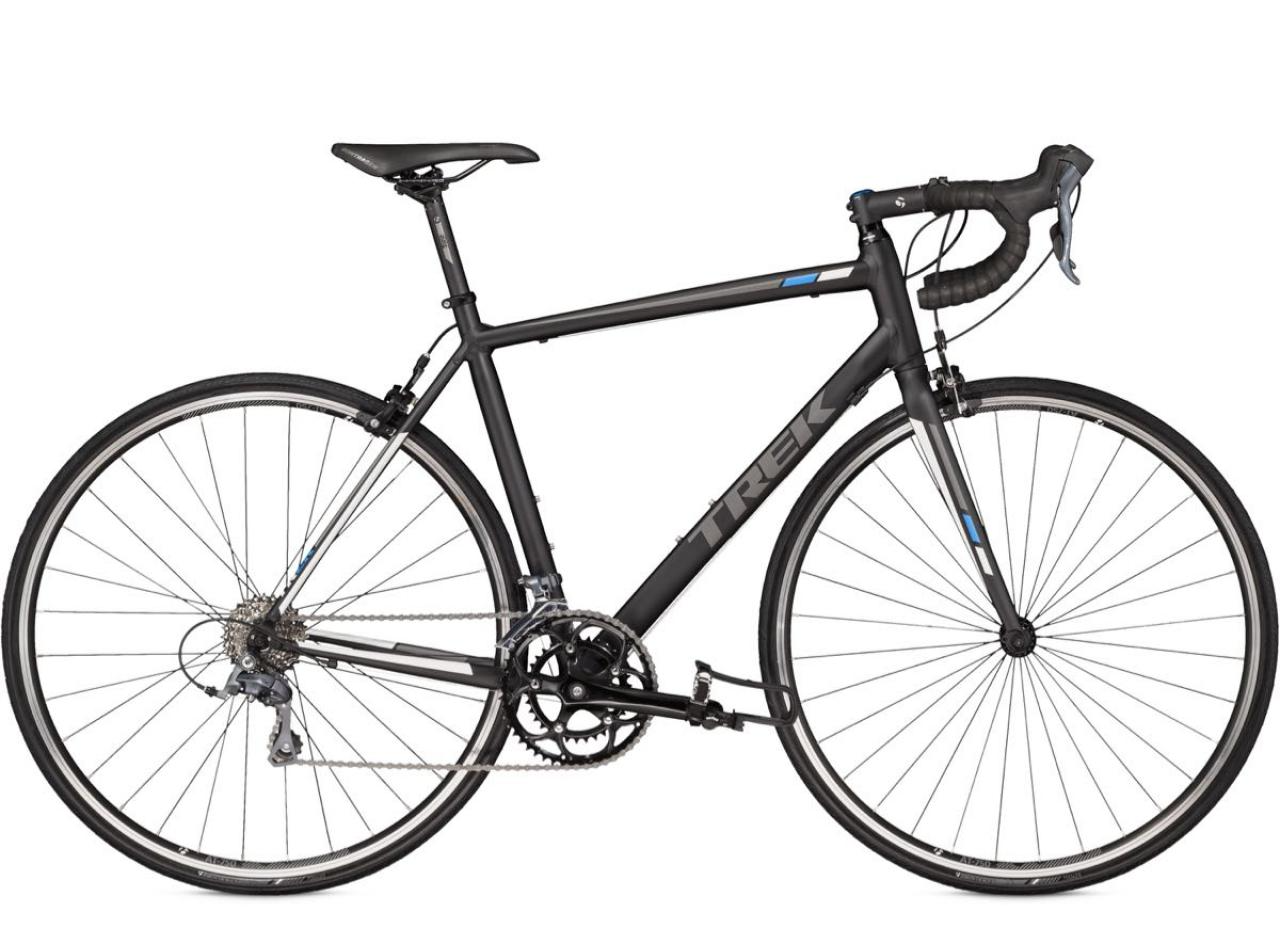
-
Social Responsibility
- Ethical Labor Practices: Trek adheres to strict ethical labor standards throughout their supply chain, partnering only with suppliers who share their commitment to fair labor practices, safe working conditions, and environmental responsibility. They also conduct regular audits to ensure compliance with these standards.
- Community Engagement and Philanthropy: Trek is deeply involved in supporting local and global communities through initiatives like the Trek Foundation, which focuses on improving health, protecting the environment, and promoting cycling as a means of transportation and recreation. They also organize events like the Trek 100 Ride for Hope, which raises funds for cancer research and patient support services.
- Inclusivity and Diversity: Trek is going to commit to promoting diversity, equity, and inclusion both within the company and in the broader cycling community. They support organizations and initiatives that work to make cycling more accessible and welcoming to people of all backgrounds, genders, and abilities.
-
Advocacy and Sustainability Leadership
- Cycling Advocacy: Trek actively advocates for policies and infrastructure that promote cycling as a sustainable mode of transportation, partnering with organizations like PeopleForBikes to lobby for safer streets, connected bike networks, and increased funding for cycling initiatives.
- Climate Action: Trek has pledged to become carbon neutral in its operations by 2025, demonstrating a strong commitment to addressing climate change. This includes reducing greenhouse gas emissions from their facilities, vehicles, and business travel, as well as investing in renewable energy projects and carbon offsets.
Conclusion
In conclusion, the evolution of Trek road bikes reflects the brand’s relentless pursuit of innovation, rider-centric design, and commitment to sustainability. From its early days crafting high-quality steel frames to the cutting-edge carbon fiber marvels and personalized customization options of today, Trek has consistently set the benchmark for excellence in the road cycling world. As the company continues to push the boundaries of technology and embrace new challenges, the future of Trek road bikes promises to be as exciting and transformative as its storied past.
